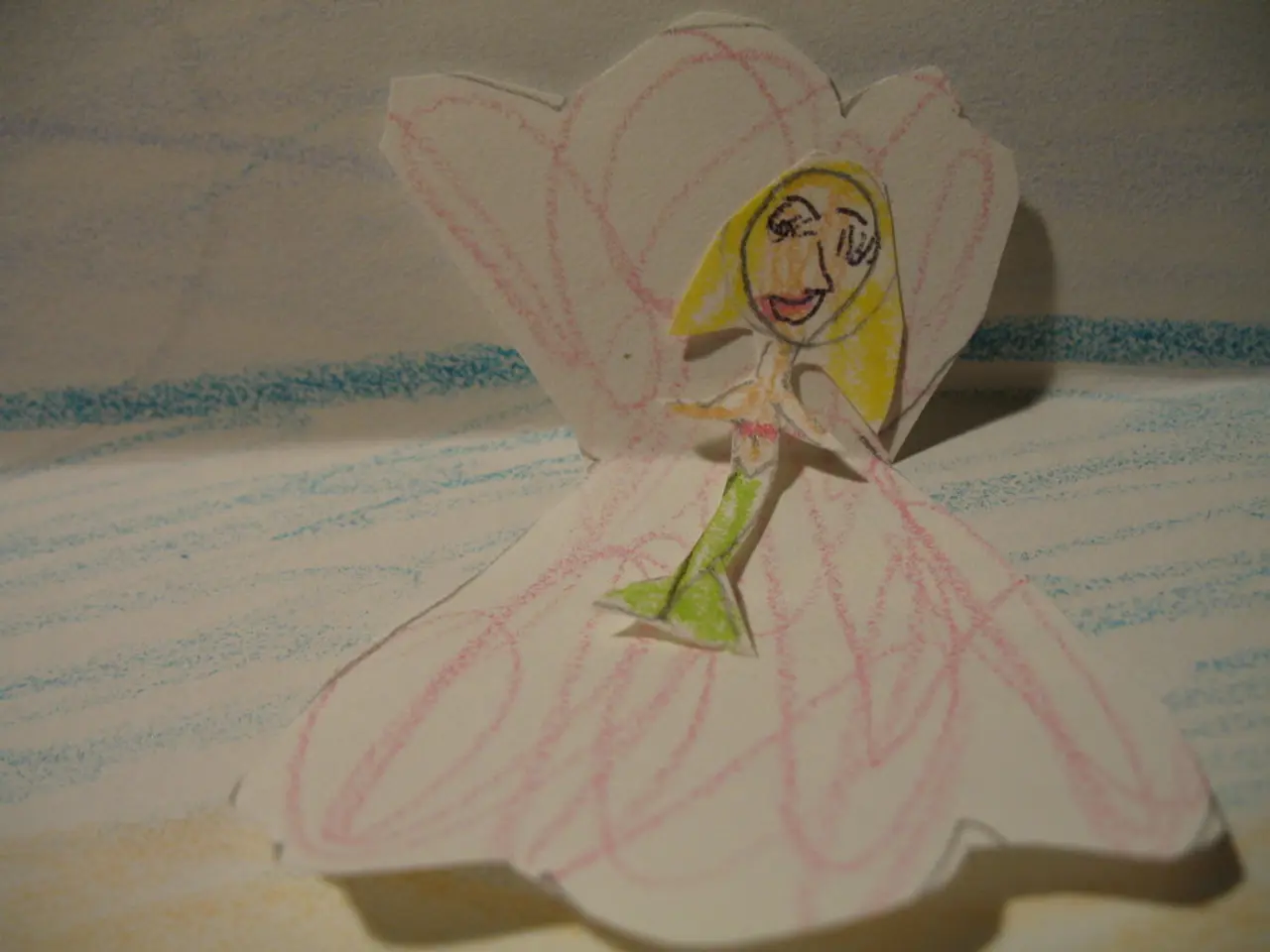Guide on Creating Realistic Landscapes for Concept Art with Photoshop and Blender
In the world of video game development, one of the key figures behind the scenes is the concept artist. Edward, a seasoned professional at Flix Interactive, shares his approach to creating detailed personal concept art projects using Blender.
Defining the Concept and Sketching Out Ideas
The first step in Edward's process is always done in 2D design sketches. He emphasises the importance of clearly defining the "who" and "why" behind your piece, as this sets the direction for your work. These sketches are kept fast and loose, allowing for experimentation and exploration of different ideas.
Building a 3D Blockout
Once the concept is defined, Edward moves on to creating a basic 3D blockout. This stage establishes major shapes and composition, providing a foundation for the detailed work that follows.
Refining Details Progressively
To capture small details efficiently, Edward recommends using 3D scan assets as placeholders. These can be later painted over to customise them, adding complexity without spending excessive time on modeling. Edward advises working progressively from big shapes to smaller details, avoiding adding tiny details too early, which can make fixes difficult later.
Managing Your Scene
Effective management of your scene is crucial for staying flexible and focused. Edward suggests using layer management, saving different versions, and toggling distracting objects to "Wire" display mode to improve workflow and focus.
Employing Lighting Techniques
Lighting is a critical aspect of any concept art piece. Edward designs his lighting setup in Blender to highlight focal points, using tools like floating geometry off-camera or Blender’s Indirect Only option to control shadows and reflections.
Stepping Back and Reassessing
To avoid getting stuck or overwhelmed with large concepts, Edward periodically steps back and paints over his current work as if giving feedback to another artist. Adding rough versions of extra details or lighting effects to guide his next steps and keep momentum.
Adding a Human Touch
When it comes to adding a human element, Edward suggests embracing creative abstraction rather than slavishly copying reality. He encourages pushing, inventing, simplifying, or removing elements to enhance the overall picture, interpreting the scene with artistic license to better convey mood or narrative.
The Final Touches
Edward includes callouts in his concept art to turn it into a usable concept for 3D artists. He uses the Sanctus library add-on for Blender for texturing, and employs techniques like atmospheric perspective and wear and tear to ground the concept in the real world.
Finally, Edward uses Photoshop's Median filter to control the amount of photo-like detail, and Colour Dodge and Linear Dodge to add bloom to reflected highlights.
In summary, Edward's workflow balances technical 3D modeling, artistic painting, and creative problem-solving, resulting in effective personal concept art projects in Blender.
- Edward's personal concept art projects are based on 2D design sketches, where he makes sure to define the who and why behind each piece for direction.
- Upon defining the concept, Edward creates a basic 3D blockout to establish major shapes and composition.
- To efficiently capture small details, Edward utilizes 3D scan assets as placeholders before painting over them to customize.
- Edward advises working progressively, moving from big shapes to smaller details in a scene, and avoiding adding tiny details too early.
- Effective management of the scene is essential for staying flexible and focused, and this can be achieved through layer management, version control, and toggling of distractions.
- Lighting is a critical element of any concept art piece, and Edward designs his lighting setup in Blender to highlight focal points using tools like floating geometry or Indirect Only.
- To avoid getting stuck or overwhelmed, Edward periodically steps back and paints over his work, adding rough versions of details or lighting effects to guide his next steps.
- When adding a human element, Edward encourages creative abstraction instead of copying reality, and he suggests pushing, inventing, simplifying, or removing elements to enhance the overall picture.
- Edward includes callouts in his concept art to make it usable for 3D artists, employing techniques like atmospheric perspective and wear and tear to ground it in reality.
- Edward utilizes Photoshop for the final touches, using the Median filter to control photo-like details and Colour Dodge and Linear Dodge to add bloom to reflected highlights.
- Overall, Edward's workflow combines technical 3D modeling, artistic painting, and creative problem-solving to create effective personal concept art projects in Blender. Edward also shares his insights through tutorials to inspire other digital artists and contribute to the growing world of UI/UX, illustration, and graphic design aided by technology and increasingly by artificial intelligence.




